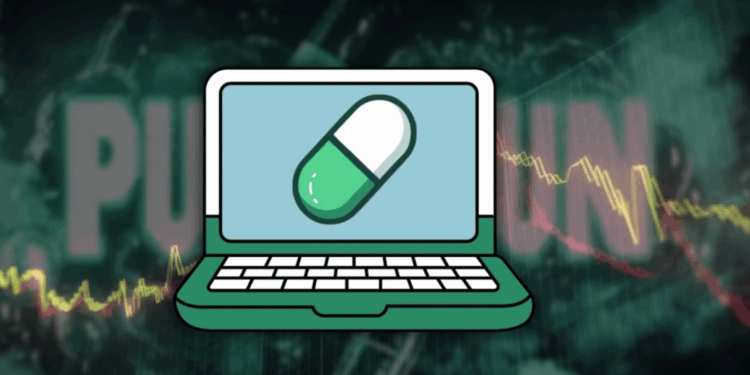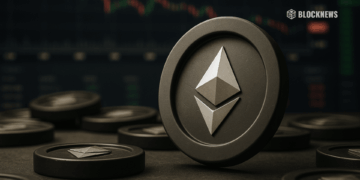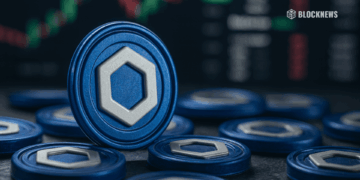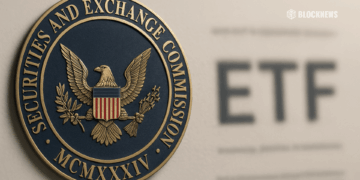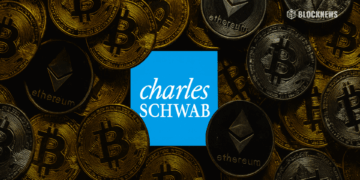- Pump.fun spent about $1.8 million buying back $PUMP on the open market and sent every token to a “black-hole” address, trimming circulating supply from roughly 355.8 billion to 354 billion.
- The protocol channels a slice of its platform fees into these regular repurchases and burns, so holders know to expect supply cuts whenever the system earns revenue.
- Trading volume jumped to $251.7 million and the price popped by about 20%, showing how transparent scarcity moves can reignite demand—and hinting that future burns might keep the uptrend alive.
Pump.fun launched its native $PUMP token via an ICO on July 12, 2025, distributing 150 billion tokens (15 % of the 1 trillion max supply) at $0.004 each, and went live for trading a few days later. The protocol’s whitepaper earmarks a slice of platform fees to fund periodic buybacks and burns, creating a built-in deflationary lever that kicks in as the ecosystem generates revenue.
Buyback & Burn Execution
On July 14, Pump.fun deployed over $1.8 million to repurchase $PUMP tokens on open markets—its very first deflationary action—then sent every single token to the 0x…dead burn address, permanently removing them from circulation. That move marked the opening act of a scheduled rhythm: buybacks tied directly to fee income, followed by transparent on-chain burns that anyone can verify.
Market Reaction & Tokenomics Impact
Almost immediately, $PUMP’s 24-hour trading volume jumped to $251.7 million, and the price surged roughly 20 % in that window, underscoring how a credible scarcity play can reignite demand. With circulating supply now around 354 billion (down from 355.8 billion), each future burn nibbles away at the float, compounding scarcity and potentially smoothing out volatility by providing an implicit price floor.
What’s Next & Outlook
Pump.fun has signaled these buys and burns will repeat at regular intervals, pegged to a percentage of platform fees—so holders know exactly when and why to expect supply contractions. The real test will be how price action correlates with each phase: will the market shrug off later burns, or will consistent deflation translate into a lasting uptrend? Only time (and on-chain data) will tell.
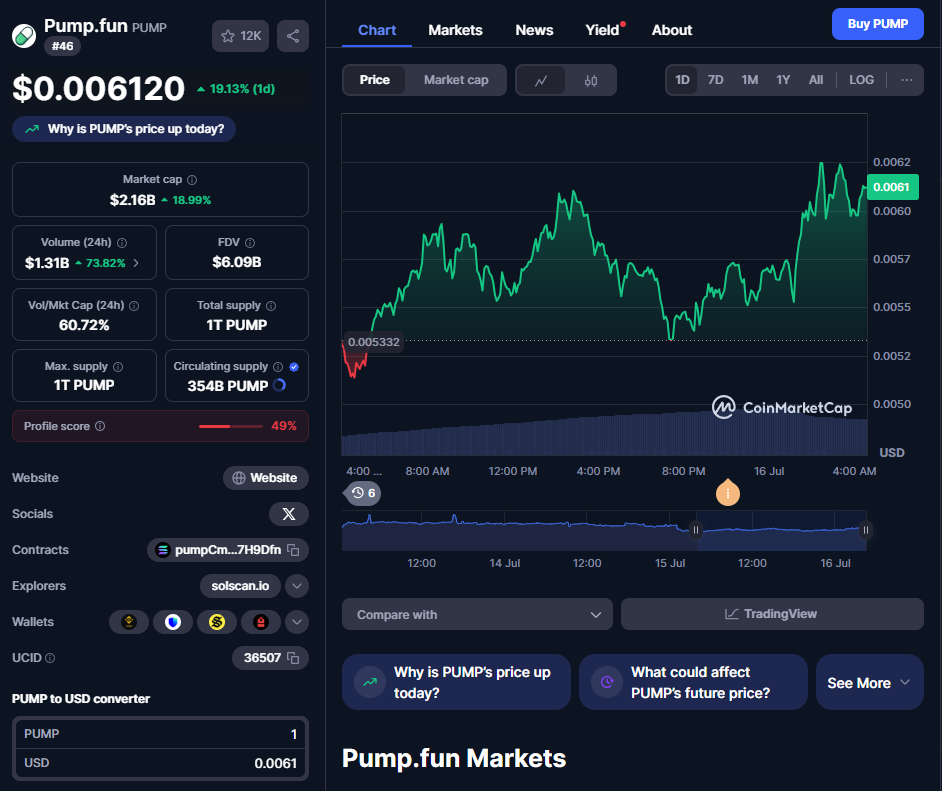
Bottom line: This inaugural $1.8 million buyback & burn isn’t just a one-off stunt—it’s the first beat in Pump.fun’s drum-tight deflationary schedule. If the team delivers each phase with the same transparency and cadence, $PUMP holders could be looking at a sustained path to upside as supply steadily contracts.


